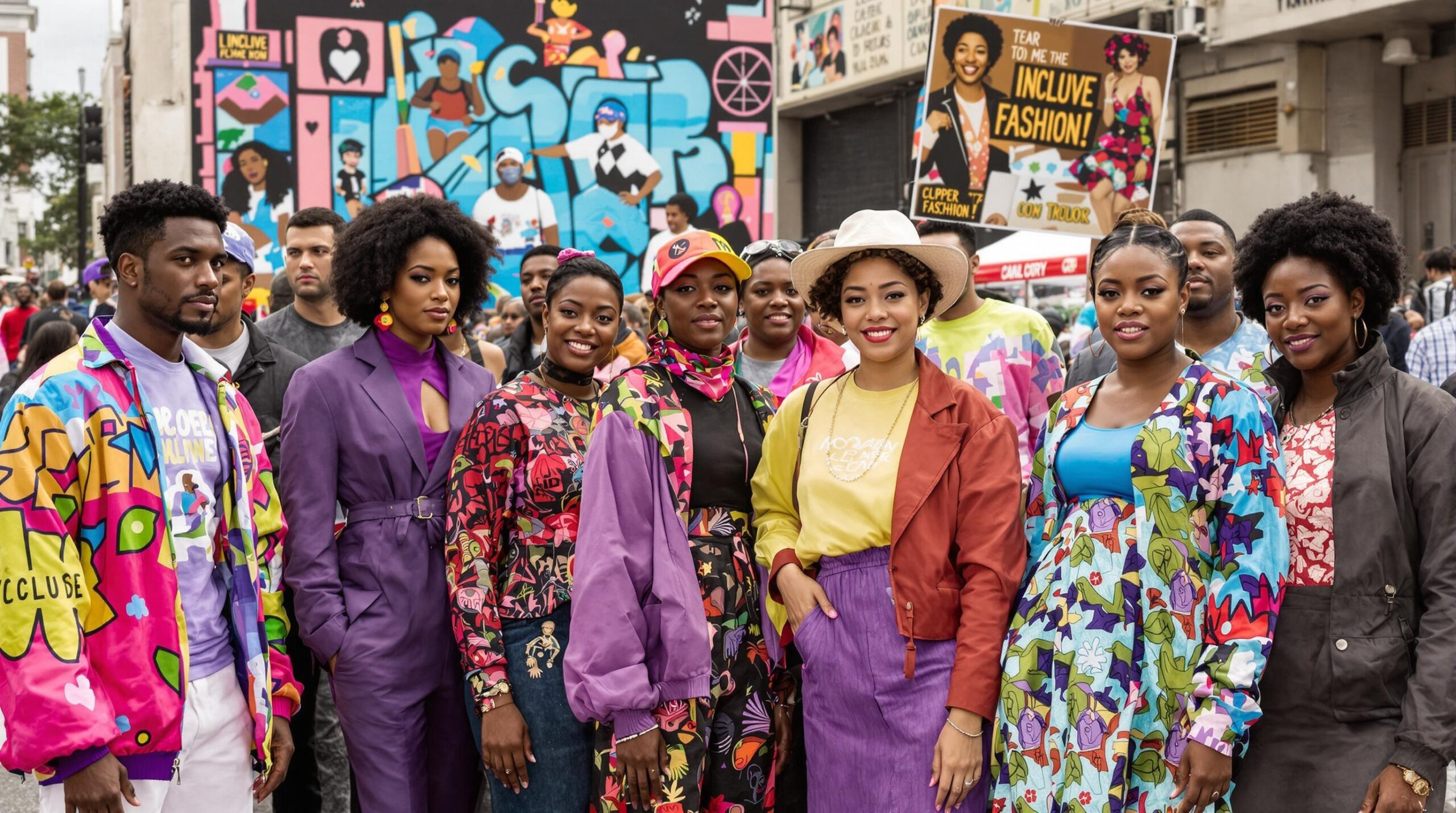The fashion industry is witnessing a transformative shift towards inclusivity. This paradigm change is redefining modern wardrobes globally. Inclusive fashion is becoming a powerful trend driven by increasing awareness and consumer demands.
The Rise of Inclusive Fashion
Inclusive fashion refers to clothing lines designed for everyone regardless of body type, gender, or ability. Traditionally, fashion has catered to a narrow demographic, overlooking vast segments of potential consumers. However, recent years have seen a notable shift as brands begin recognizing the need for diversity.
This shift towards inclusivity is not just a response to social pressure. It is also a strategic business decision. Brands understand that embracing diversity broadens their consumer base. It allows them to tap into previously neglected markets. By doing so, they improve their marketability and long-term profitability.
Influences Driving Inclusivity
Multiple influences have driven the rise of inclusive fashion in recent years. Social media platforms like Instagram and TikTok foster diverse communities. Users champion authenticity and inclusivity, pushing for change in traditional clothing lines.
Celebrity endorsements have also accelerated this trend. Influential public figures advocate for body positivity and gender-neutral clothing. Brands that champion these ideals benefit from enhanced visibility and consumer trust.
Moreover, numerous activist movements have made significant impacts. Campaigns like #BodyPositivity and #MeToo have challenged conventional standards of beauty. They have encouraged people to embrace their authentic selves, demanding fashion be more inclusive.
Technological Advances Aiding Inclusivity
Technology is playing a critical role in advancing inclusive fashion. 3D printing and body scanning offer personalization and customization to improve fit for diverse bodies. These technologies enable brands to create bespoke clothing that accommodates individual differences.
Moreover, online platforms utilize algorithms to suggest inclusive styles to shoppers. These platforms analyze browsing history and behavior patterns. This personalizes the shopping experience, ensuring customers find clothing that suits their unique identities.
The rise of virtual try-ons has also contributed to inclusivity. Augmented reality applications allow consumers to visualize clothing on their bodies before purchasing. This encourages consumers to experiment with different styles and sizes.
Economic Implications of Inclusive Fashion
The economic implications of inclusive fashion are profound. The global plus-size market alone is estimated to be worth billions. Despite this, it remains vastly underserved by traditional brands. Embracing inclusivity allows brands to capture this market’s potential.
Similarly, gender-neutral clothing lines are gaining traction. They offer flexibility and cater to a broader customer base. This enables brands to reach audiences they may have previously overlooked. Inclusive brands stand out in a competitive market, appealing to a socially conscious generation.
The benefits extend beyond profit margins. By championing diversity, brands can improve their reputation and consumer loyalty. They have become known for aligning with modern values and concerns.
Challenges in Implementing Inclusivity
Despite the progress, there are challenges in achieving true inclusivity. Production costs may rise due to increased demand for customization and diverse sizes. Most traditional supply chains are not designed to accommodate these variations efficiently.
Brands may also face backlash if inclusivity efforts seem insincere or performative. Consumers are increasingly discerning and quick to call out “tokenism.” Companies must demonstrate a genuine commitment to inclusive values.
Not all regions have embraced this shift equally. Cultural differences impact the adoption of inclusive practices in various geographical areas. Brands must navigate these nuances carefully, tailoring strategies to local contexts.
The Role of Inclusive Marketing
Inclusive marketing plays a pivotal role in shaping tomorrow’s wardrobe. Brands must ensure advertising campaigns reflect diverse identities and experiences. This goes beyond mere representation. It is about embedding inclusivity into brand narratives.
Social media has amplified the impact of inclusive marketing. Brands can engage directly with consumers, fostering communities and encouraging dialogue about diversity. Influencers serve as ambassadors, bridging the gap between brands and diverse audiences.
Retailers are creating campaigns that move beyond traditional gender binaries. They offer collections that speak to fluid identities. By representing diverse stories, brands humanize their products and forge deeper connections with consumers.
Future Directions in Inclusive Fashion
The future of inclusive fashion looks promising. As awareness and demand grow, brands will develop innovative solutions to overcome existing barriers. New materials and sustainable practices are gaining traction, offering adaptable fashion solutions.
The conversation around inclusivity in fashion is expanding. Factors like age and socioeconomic diversity are becoming important considerations. Brands will have to adapt to these intersections to remain relevant.
Educational initiatives will play a significant role in the industry’s future. The sector can ensure sustainable progress by fostering a new generation of designers attuned to inclusivity. Institutions are beginning to recognize this need, integrating diversity into their curricula.
Conclusion
Inclusive fashion is more than just a passing trend. It is a reflection of societal change. The industry moves toward a more equitable and diverse future, driven by consumer demand, technology, and social movements. Brands must embrace and engage with inclusivity authentically. This responsibility will shape tomorrow’s wardrobe and reflect a wider celebration of human diversity.

